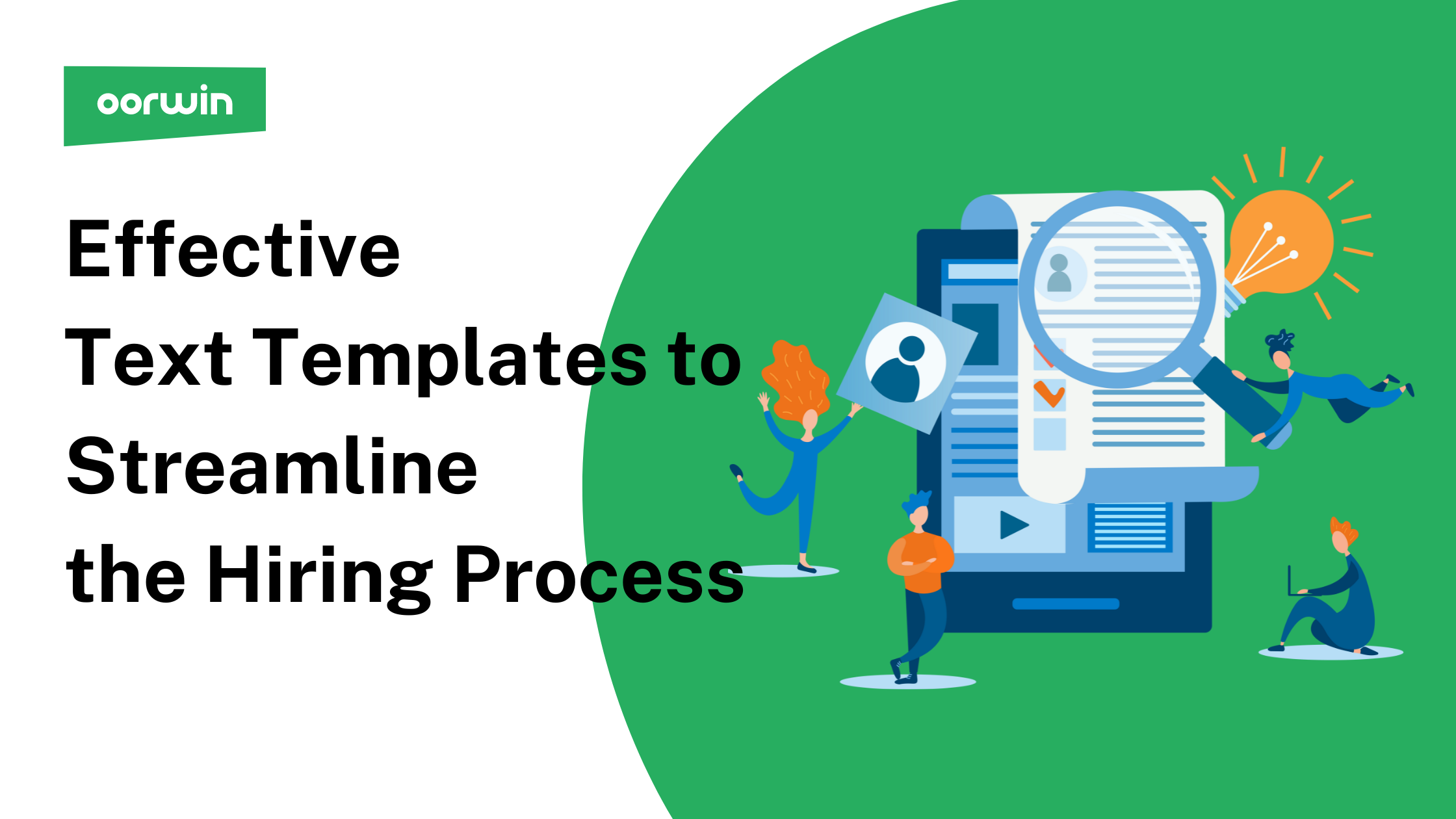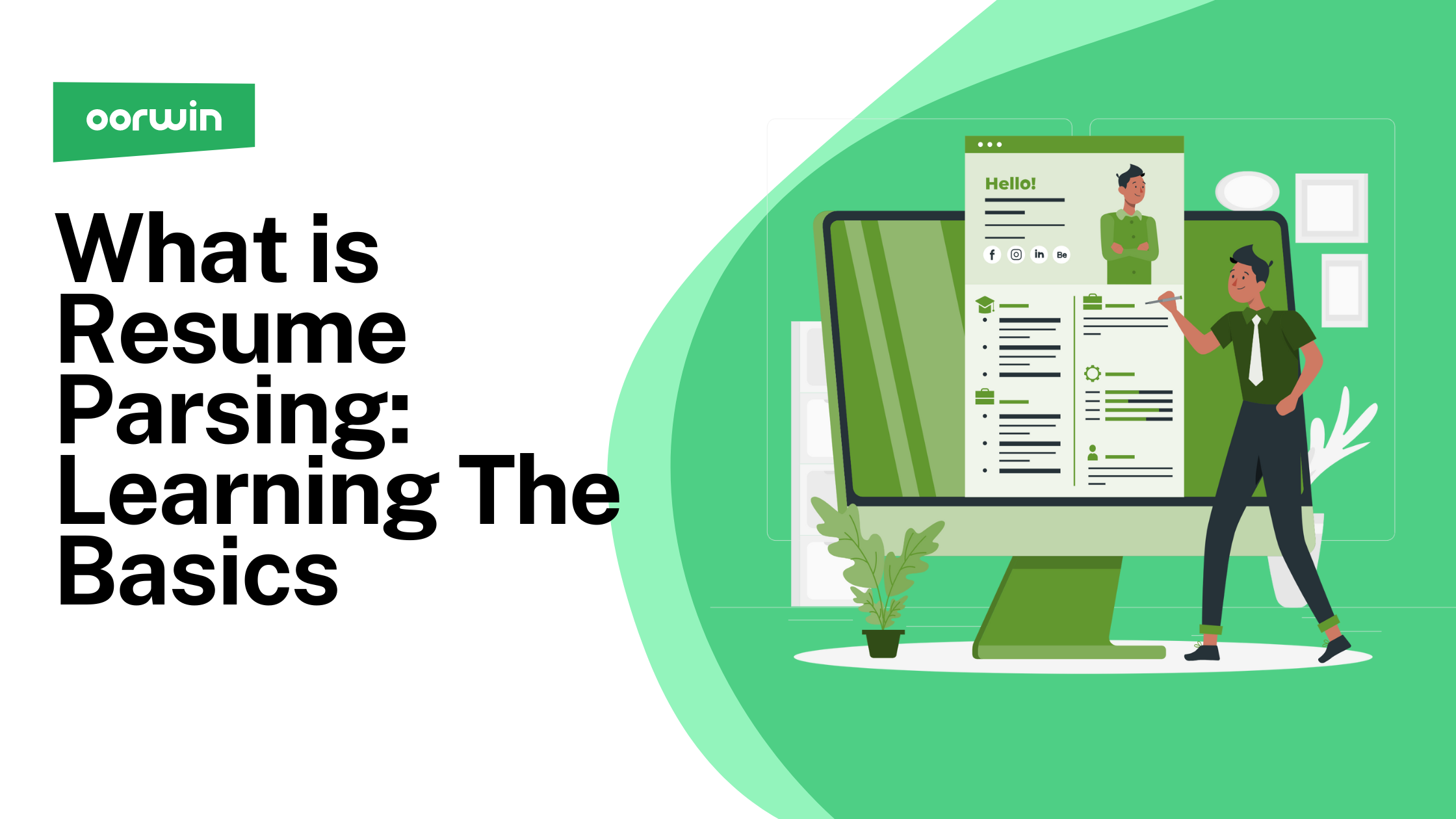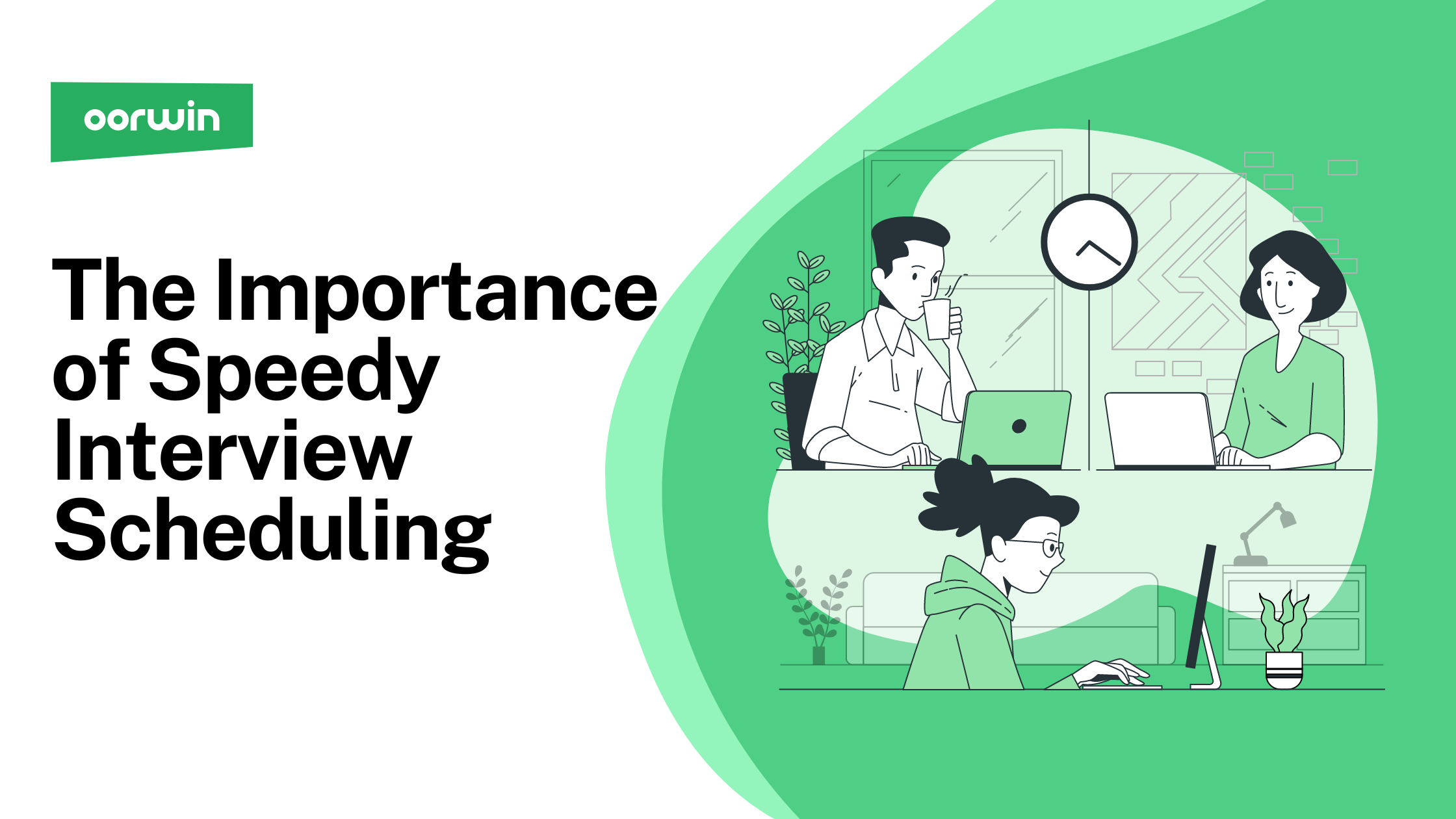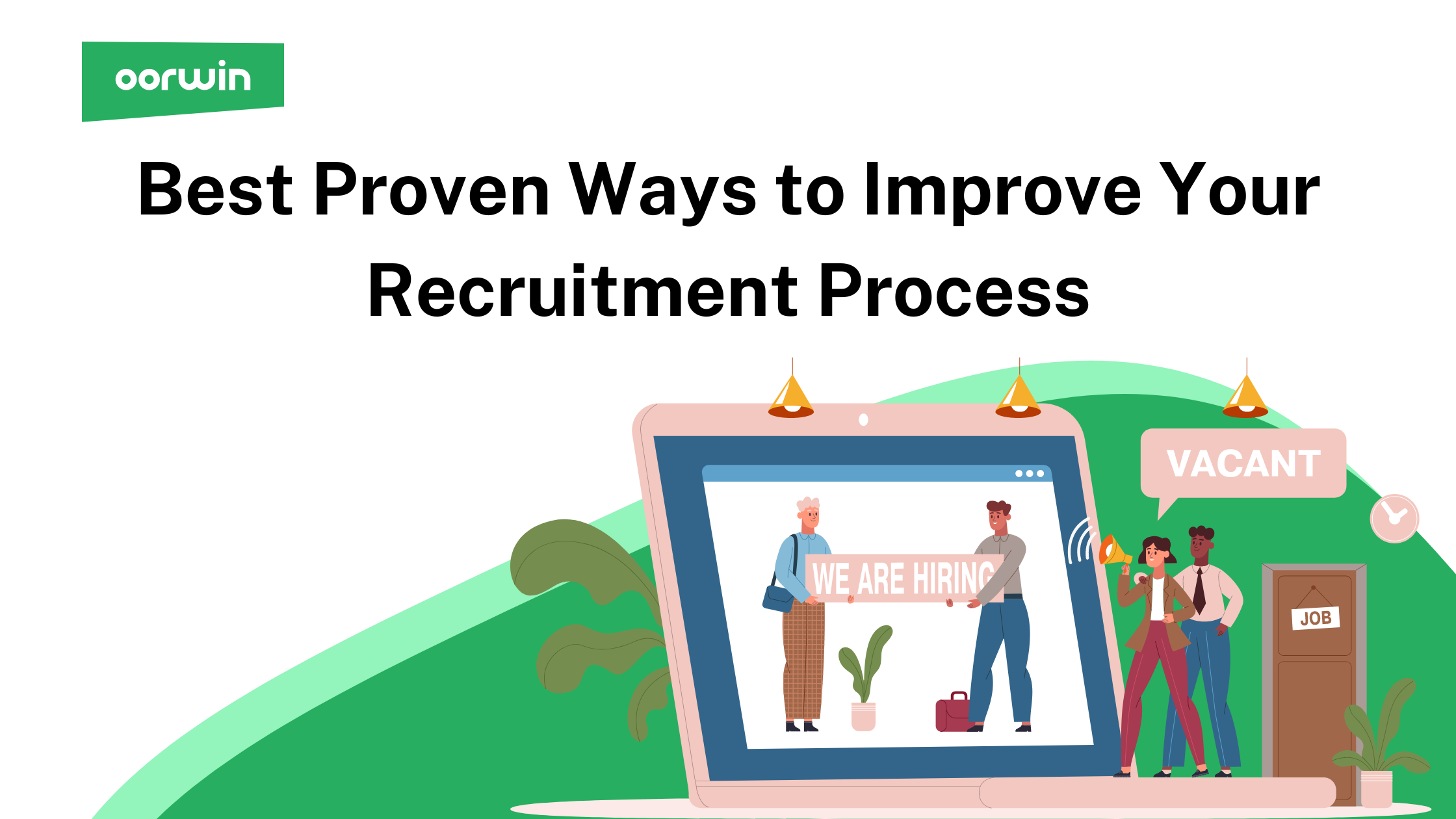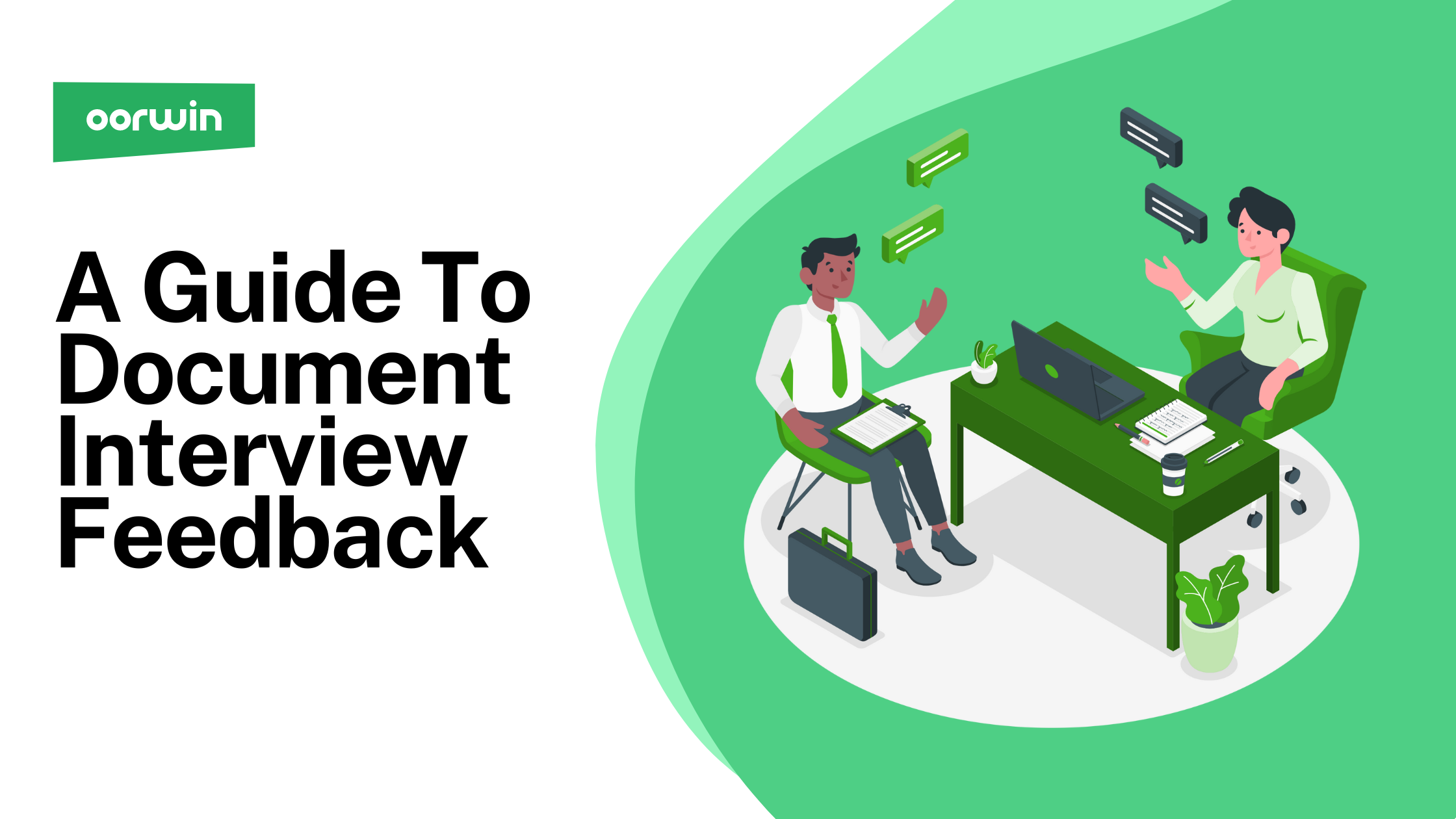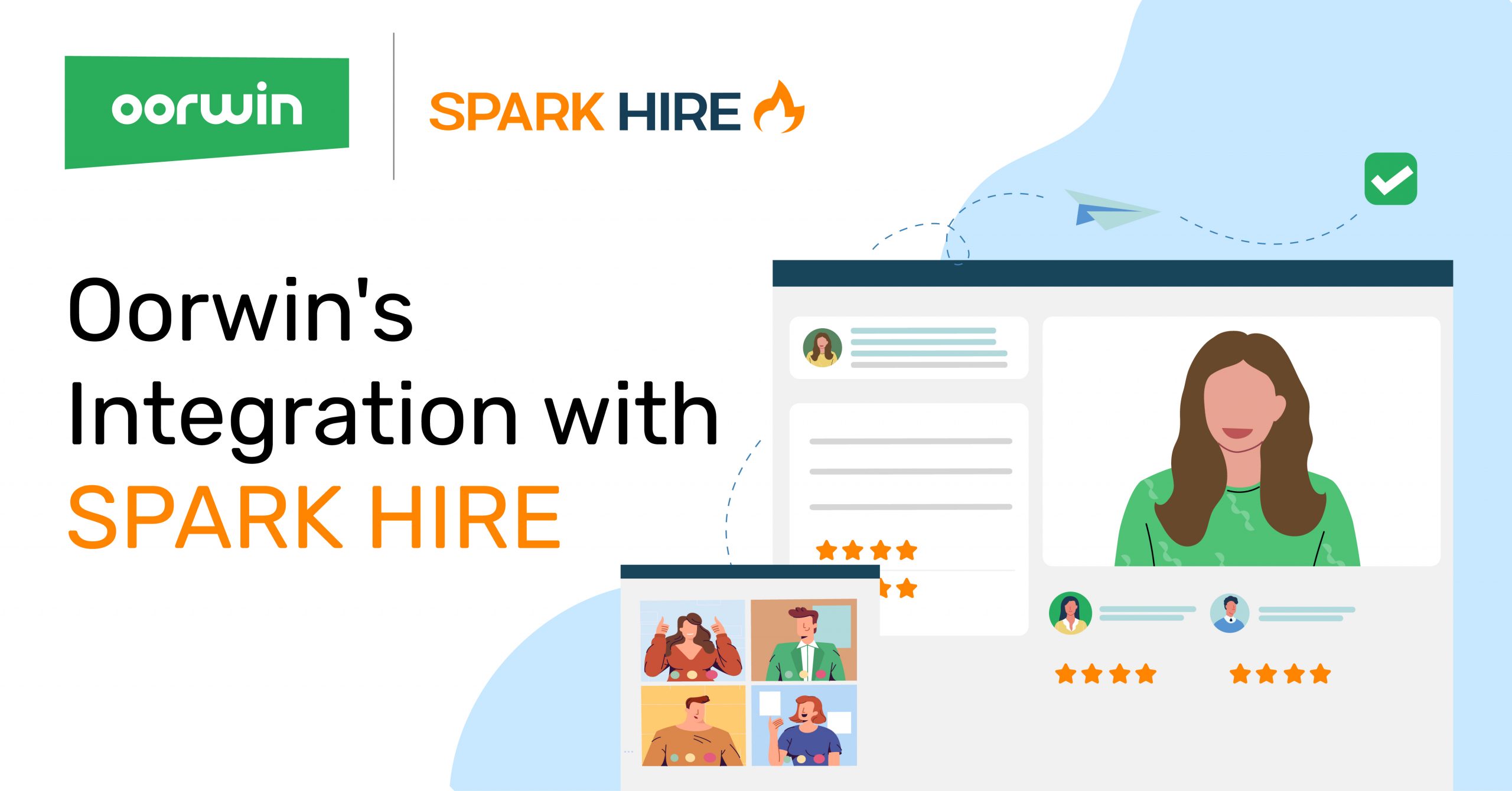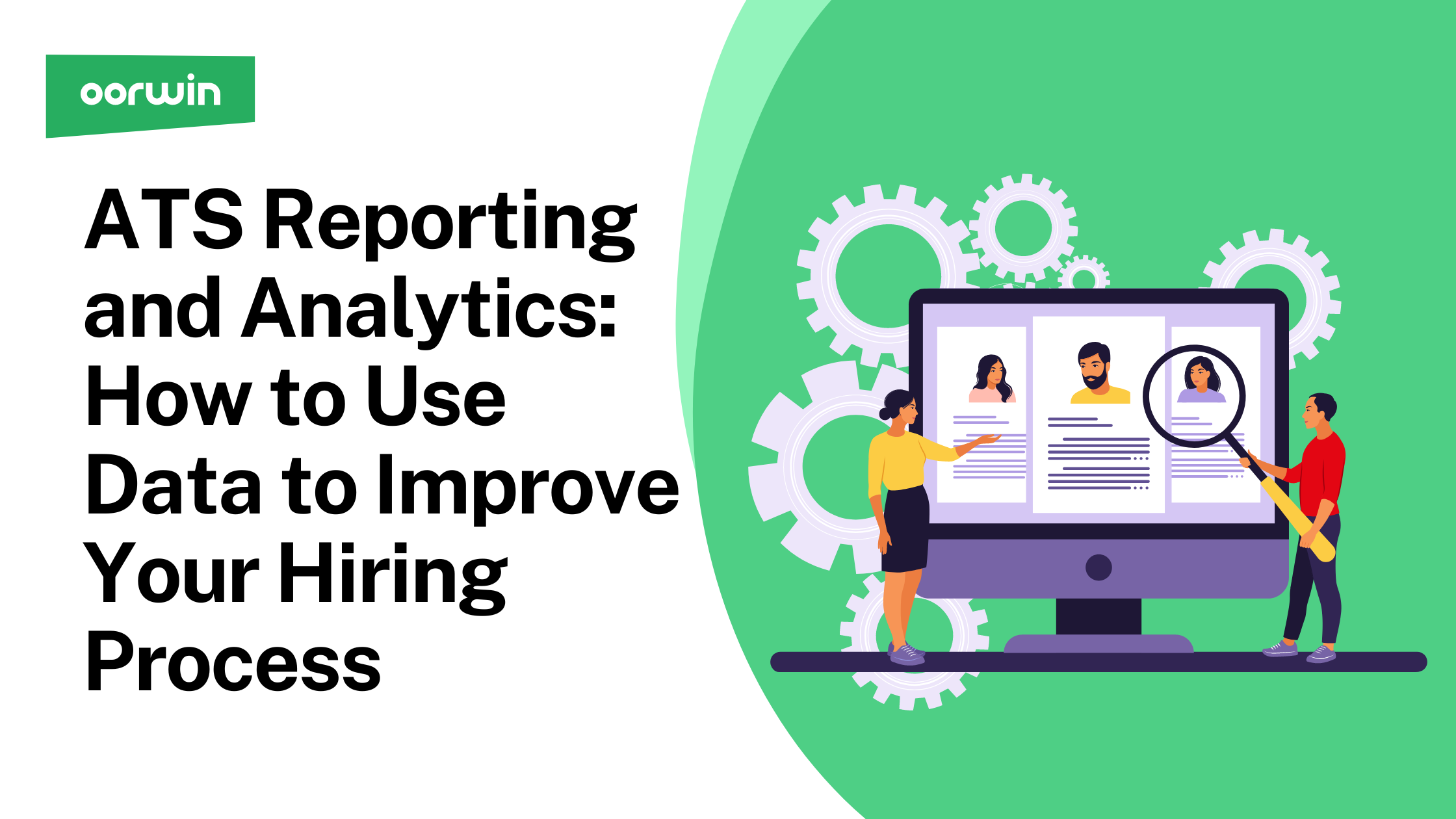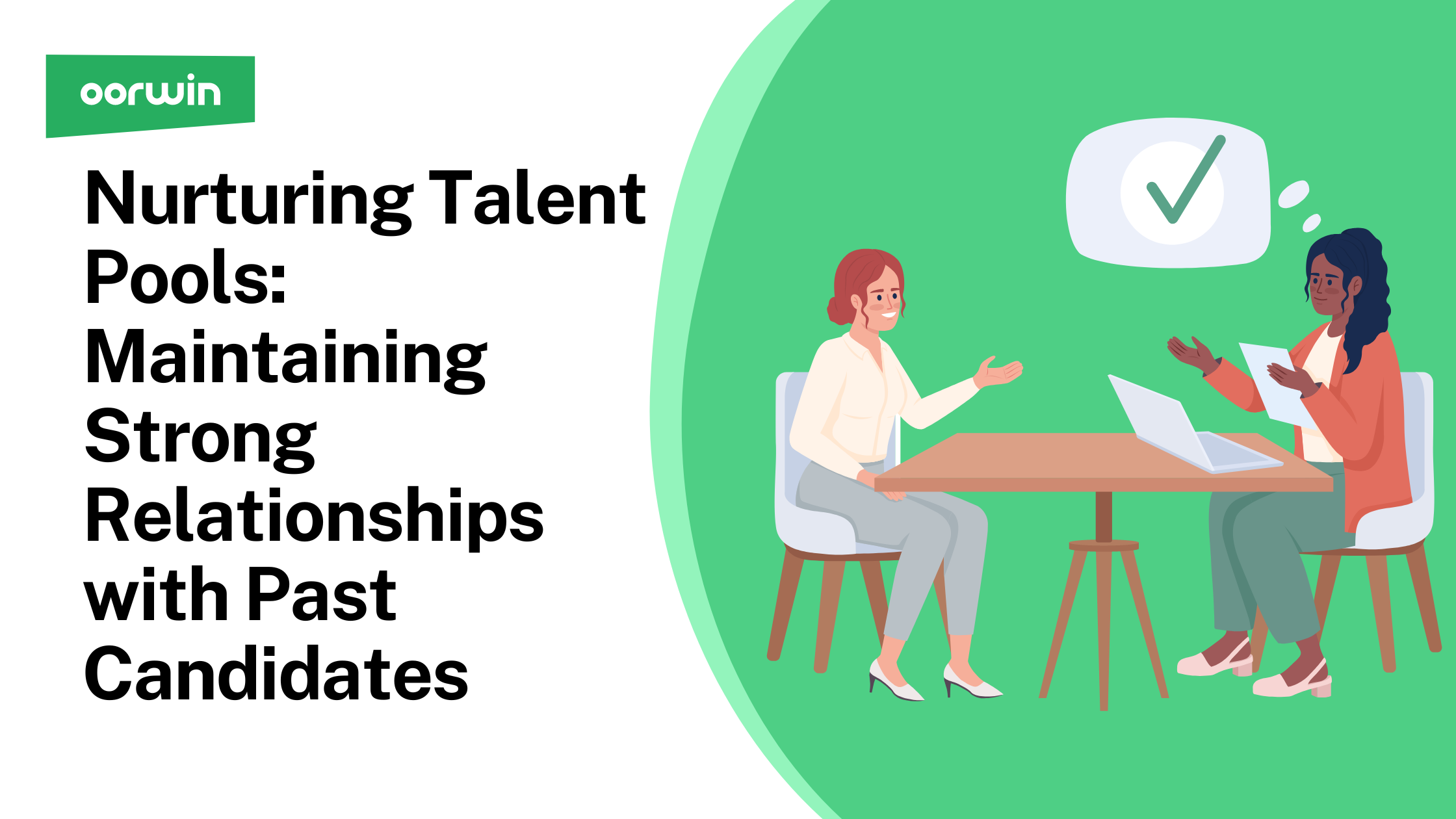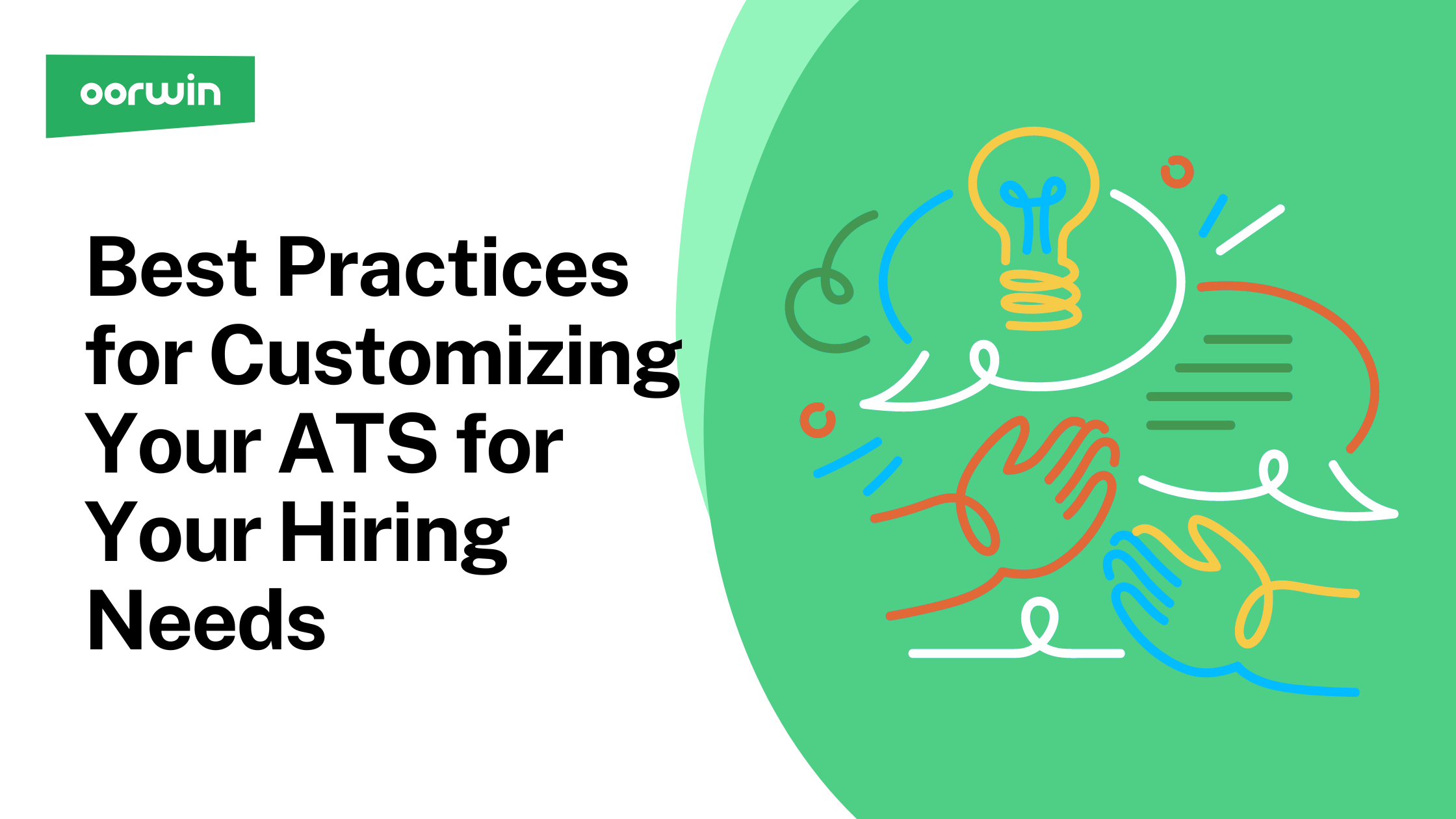Must-Have Text Templates for Enhancing the Hiring Process
Texting has become an integral part of the recruitment process, providing a convenient and efficient way to engage with candidates. By using text messaging in recruitment, recruiters can reach candidates instantly and streamline communication. To optimize your hiring process, it is essential to have effective text templates that cover various stages of recruitment.
This article will explore best practices for text messaging in recruitment and provide eight must-have text templates to enhance your hiring process.
Best Practices For Text Messaging in Recruitment
Text messaging offers a quick and direct way to communicate with candidates, but it’s crucial to follow best practices to ensure effective and respectful communication throughout the recruitment journey. Here are some key guidelines for using text messaging in the hiring process:
Obtaining Candidate Consent
Before initiating any text communication, always obtain explicit consent from candidates to receive messages on their mobile devices. Include a checkbox on application forms or provide a separate opt-in option for candidates to confirm their willingness to receive text messages from your organization. Respecting candidate preferences builds trust and ensures compliance with data protection regulations.
Simplifying Your Messages
Keep your text messages concise and to the point. Use simple language, avoid jargon, and focus on conveying essential information. Remember that candidates may receive multiple messages, so it’s important to make your texts easily scannable. Use bullet points or numbered lists when sharing multiple details or requirements.
Being Mindful of Message Delivery
Consider the timing and frequency of your messages. Sending texts during working hours or when candidates may be engaged in other activities can be disruptive. Aim for an appropriate balance, avoiding excessive messages that could overwhelm candidates. Additionally, ensure your messages are compatible with different texting formats and platforms to reach a broader audience.
8 Effective Texting Templates for Your Hiring Process
To streamline your recruitment process, here are eight essential text message templates that can be customized for different stages of hiring:
Getting the Word Out About a Job
“Hi [Candidate Name], we have a new job opening at [Company Name]. Are you interested? Reply with ‘Yes’ to receive more details.”
Sourcing on Job Boards
“Hi [Candidate Name], we found your profile on [Job Board]. Your skills match our requirements. Would you like to learn more about our job opportunity? Reply with ‘Yes’ to proceed.”
Pre-screening Candidates
“Hi [Candidate Name], we would like to learn more about your qualifications for the position at [Company Name]. Can we schedule a brief phone call? Reply with ‘Yes’ and let us know your availability.”
Re-engaging Stale Candidates
“Hi [Candidate Name], we noticed you showed interest in our company previously. We have new openings that may align with your skills. Are you still open to exploring opportunities? Reply with ‘Yes’ to reconnect.”
Scheduling Interviews
“Hi [Candidate Name], we would like to invite you for an interview at [Company Name]. Please let us know your availability for the next week, and we will coordinate a suitable time.”
Interview Reminders
“Hi [Candidate Name], just a friendly reminder about your upcoming interview at [Company Name] tomorrow at [time]. Please arrive a few minutes early. Looking forward to meeting you.”
Onboarding Employees
“Hi [Candidate Name], congratulations on accepting our job offer! We are excited to have you on board. Please expect an email shortly with important onboarding details. Welcome to [Company Name]!”
Employee Referrals
“Hi [Employee Name], we appreciate your contribution to our team. Do you know someone who would be a great fit for [Company Name]? Please refer them to us, and we will take it from there!”
Apart from texts, emails are also beneficial to stay in touch with the candidate in the initial journey of hiring. The aim of these are to make sure the candidate does not drift off, the company branding is not put under negative light and the goal is reached. Continuous communication ensures that the candidate feels noticed.
With Oorwin, recruiters can easily automate these tasks and stay on top of their communication game. Book a demo to see how smoothly you can take care of day-to day tasks as a recruiter and focus on a robust strategy of growth.
Frequently Asked Questions
How can text templates streamline the hiring process?
Text templates provide a standardized and efficient way to communicate with candidates, saving time for recruiters and ensuring consistent messaging throughout the hiring process.
What are the key benefits of using text templates in candidate communication?
Using text templates allows for faster and more immediate communication, increases candidate engagement and response rates, and helps maintain a professional image for the organization.
How can I ensure that my text templates are both efficient and personalized for each candidate?
While templates provide a framework, it’s essential to customize them for each candidate by incorporating their name, specific job details, and relevant personalization to create a more personalized and engaging experience.
